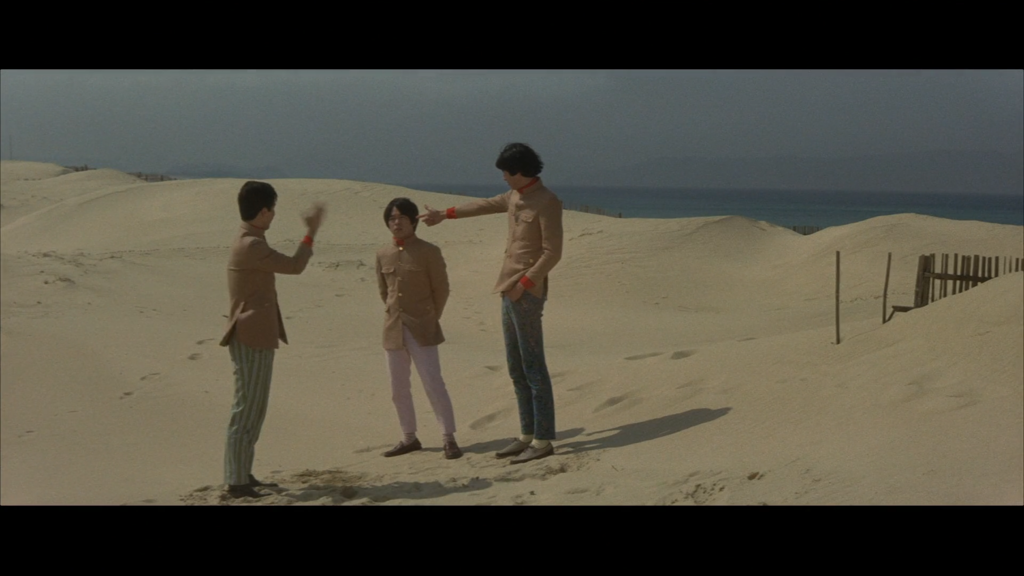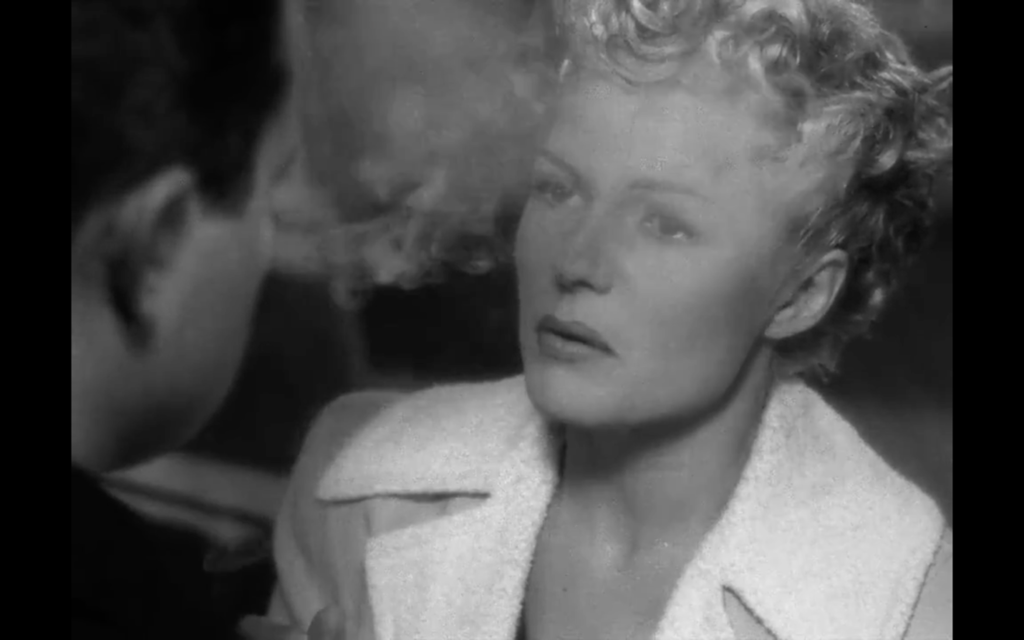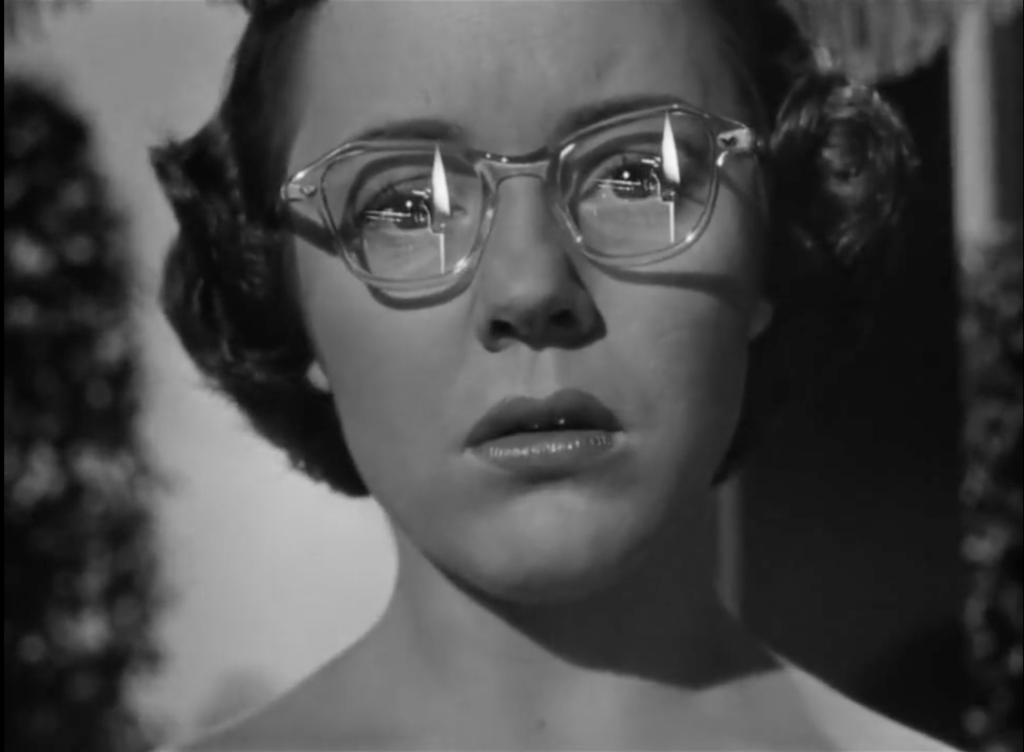Film Matters is excited to present an update on our ongoing Citation Ethics project. This project endeavors to compile demographic data on the authors referenced in Film Matters’ published articles, featurettes, and special issue dossier features. Our aim is to analyze these data, using them to note potential gaps in inclusive authorship across our back catalog with a view to identifying areas of (and methods for) improvement, moving forward. We hope to address these gaps, and discern patterns that may account for the inequity in scholarly referencing.
To start, we have established parameters to create a distinction between “diverse” and nondiverse scholarship. Presumably, nondiverse authors compose the majority of scholarship in film and media studies. Our working definition of “diverse” has, thus far, been constructed as: author(s) outside of the paradigm of Western, Caucasian, cisgender, English-language, and heteronormative scholarship. For our purposes here, female, cisgender, heterosexual Caucasian scholars writing in English are not considered “diverse” — we assume that they are fairly well represented in film and media scholarship. However, we are tracking presumed male, female, and non-binary author counts; it is still useful to know how many women — regardless of race or ethnicity — are being consulted in FM articles, big picture. Thus, any Queer-identifying person, regardless of ethnicity, is at this time considered a “diverse” source.
This is, obviously, not a perfect system — we are relying upon publicly available author information to make our determinations about identities. In the event that identities cannot be readily confirmed, nondiverse is our default assumption. We would also like to acknowledge that this project, from its inception, is designed to be adaptable to changes in ethics and awareness regarding these types of data collection. In our growing transnational world, there will likely be new nuances, demographic categories, and qualities of diversity that will inevitably arise as these considerations evolve.
Film Matters is committed to bringing more diverse authors into the scholarly conversation and is open to remediating past practice to achieve this goal. We welcome readers and scholars alike to share in this Citation Ethics project as a small step toward engaging with appropriate and inclusive scholarship. The challenges and aspirations of this project aim to reflect our academic ethos: seeking to learn more from one another, while amplifying underrepresented voices, in our mutual affinity for film and media studies.
To view our current data, from FM 1.1 (2010) onward, please see:
Citation Ethics Data (XLSX)
Author Biography
M. Sellers Johnson is Citation Ethics Editor for Film Matters.













































